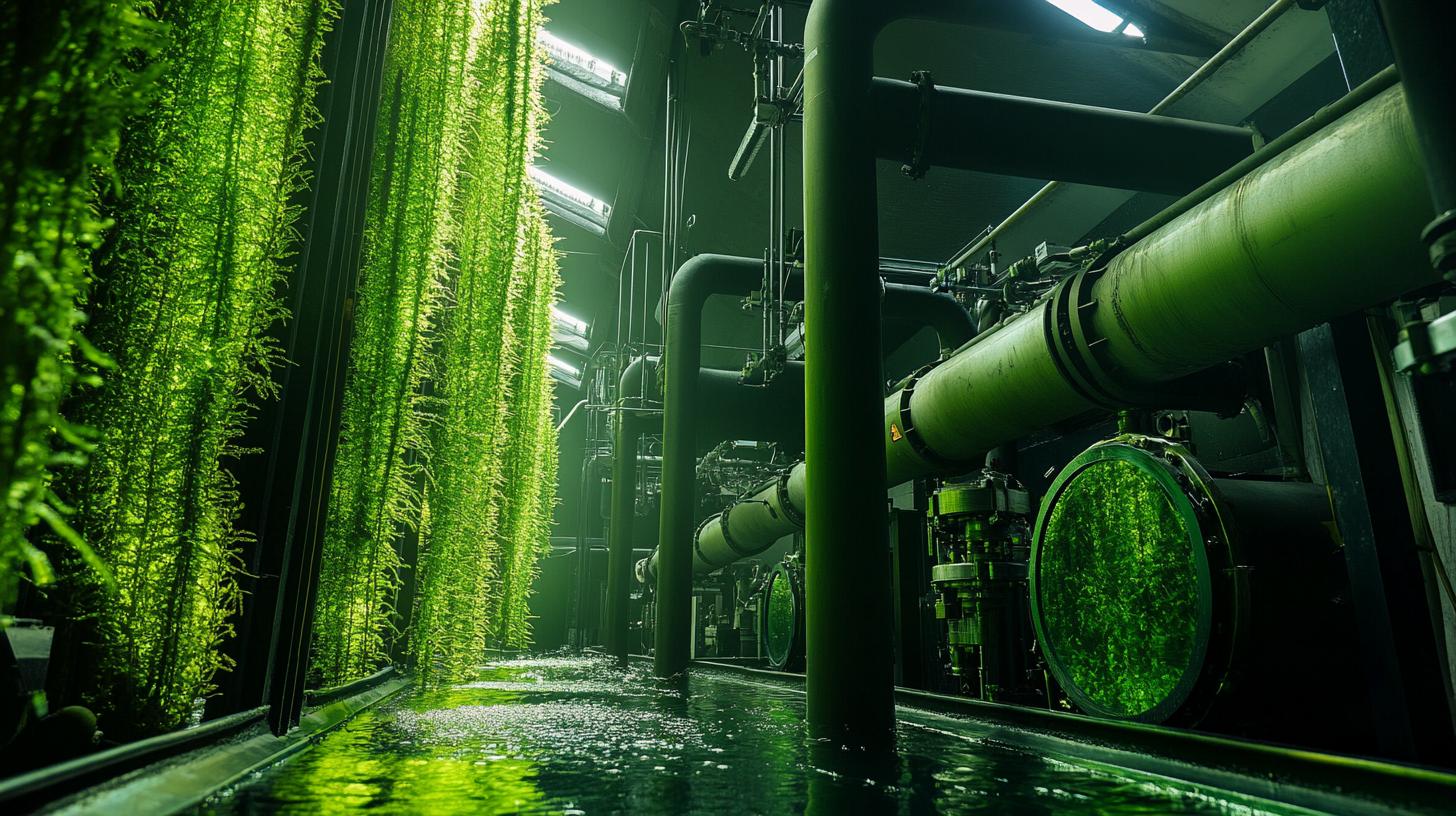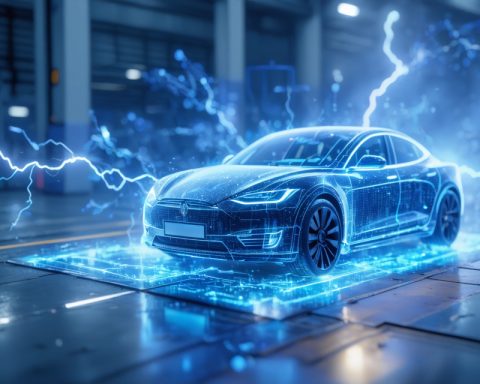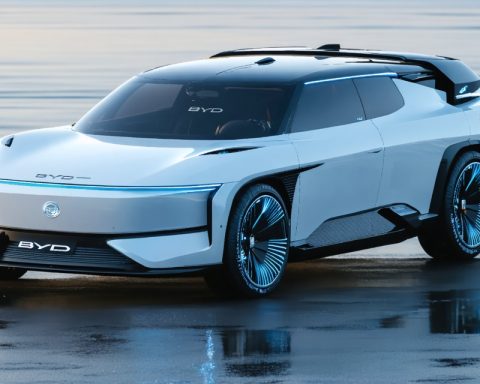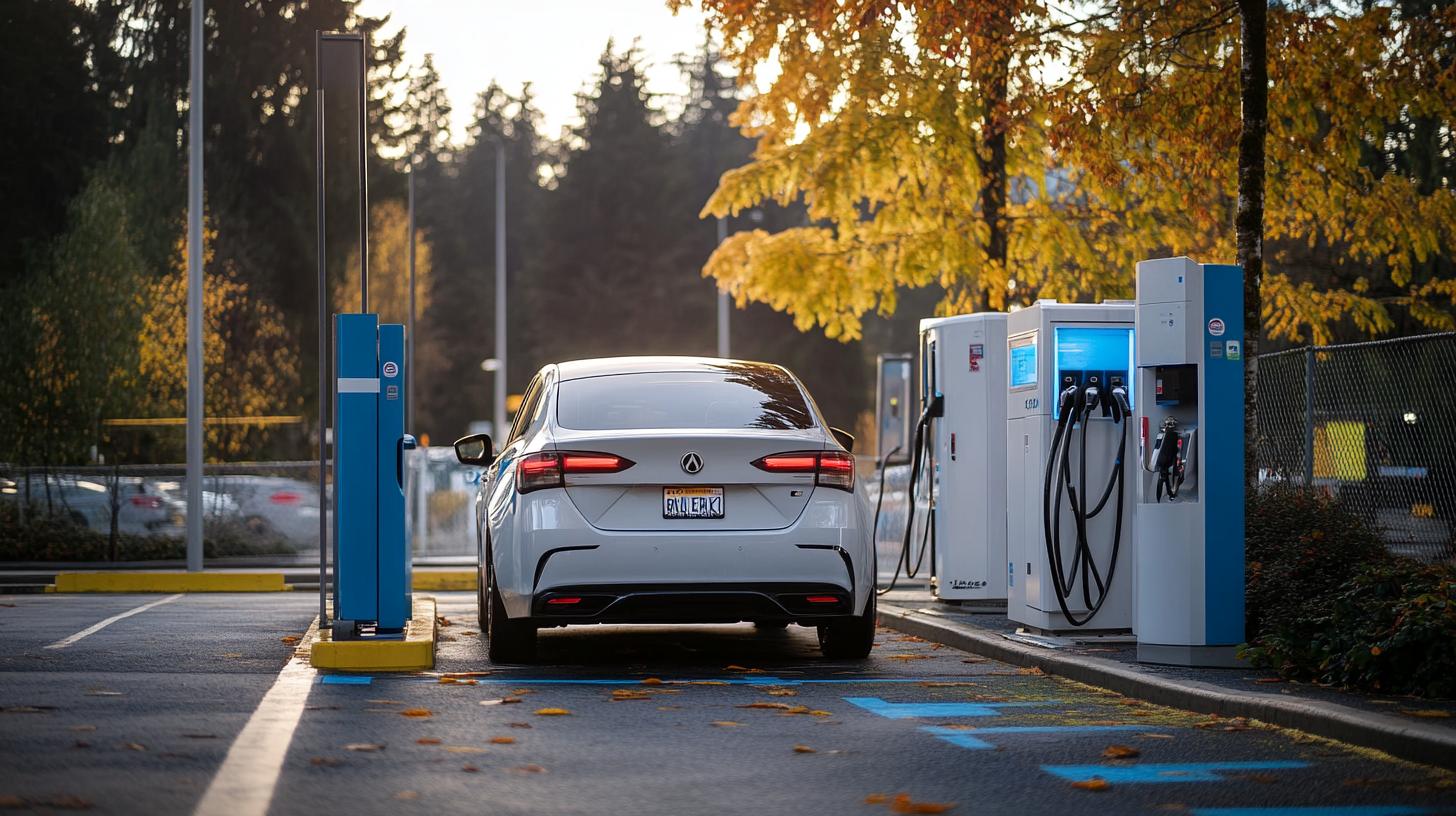In an exciting development, researchers at the Korea Advanced Institute of Science and Technology (KAIST) have introduced a groundbreaking new catalyst that could transform the landscape of green hydrogen production. This innovative system hinges on a zinc-air battery, engineered to mitigate fire risks while reliably splitting water to generate hydrogen.
The zinc-air battery utilizes a pioneering catalyst designed to efficiently perform crucial electrochemical reactions at low temperatures. This advancement promises a significant stride toward overcoming the limitations of existing green hydrogen technologies, which often struggle with efficiency and safety challenges.
Hydrogen is lauded for its clean energy potential due to its remarkable energy density but has historically been tarnished by high carbon emissions stemming from conventional production methods. The pursuit of truly sustainable hydrogen has led scientists to focus on water-splitting techniques powered by renewable energies. However, these methods face hurdles due to the intermittent and variable nature of energy sources like solar and wind.
The KAIST team believes their non-precious metal catalyst—crafted using a unique graphene-sandwiched structure—will be a critical element in advancing hydrogen production. This G-SHELL catalyst excels in promoting three essential reactions: oxygen evolution, hydrogen evolution, and oxygen reduction. Its architecture enhances ion and electron transport, contributing to rapid reaction rates and high efficiency.
Boasting a superior energy density and fire safety, this zinc-air system could see widespread adoption as a next-generation energy solution. The researchers hope their development will pave the way for a clean, sustainable hydrogen economy, turning the vision of abundant green energy into a reality. Their findings were documented in Advanced Science, highlighting the path for future innovations in this crucial sector.
Could Zinc-Air Systems Be the Future of Energy? Unveiling KAIST’s Revolutionary Catalyst
In the race for cleaner energy, new breakthroughs are crucial for the global transition to sustainable practices. While the spotlight often falls on widely discussed technologies, emerging innovations from research institutes like KAIST can play a pivotal role in shaping our energy future. The development of a novel zinc-air battery system by KAIST marks a significant leap forward, with implications extending far beyond the laboratory.
Energy Revolution: The Zinc-Air Advantage
The introduction of the groundbreaking zinc-air battery by KAIST is poised to revolutionize the energy sector. This system’s innovation centers around its ability to efficiently perform essential electrochemical reactions necessary for producing green hydrogen. But why focus on zinc-air systems?
Zinc-air batteries offer several advantages over traditional batteries. They are lightweight, featuring a high energy density that makes them ideal for portable devices and electric vehicles. Moreover, they boast improved fire safety, which is vital considering the risks associated with lithium-ion batteries. This aspect alone could dramatically influence consumer electronics and automotive industries, shifting the preference toward this safer, more efficient technology.
The Impact on Communities and Economies
If deployed at scale, KAIST’s zinc-air batteries could significantly reduce dependency on fossil fuels, offering a viable and sustainable energy source. Local communities could benefit from reduced air pollution and lower energy costs, while countries could bolster their energy security and reduce carbon footprints.
Furthermore, the technology’s development encourages the local production of energy equipment, fostering jobs and promoting technology-driven economies. Nations investing in zinc-air battery production could position themselves as leaders in the burgeoning green tech industry, potentially influencing global energy policies and collaborations.
Unique Catalyst Design: A Double-Edged Sword?
KAIST’s use of a non-precious metal catalyst featuring a graphene-sandwiched structure is both innovative and controversial. On one hand, this design promises to lower production costs and enhance battery performance. But it raises questions about the sustainability of graphene production and the availability of raw materials. How scalable is this approach, and could the demand for graphene outpace supply?
As industries consider adoption, these concerns necessitate further research and development to ensure the approach is not only effective but also sustainable in the long term.
FAQs and Lingering Questions
Here are some common questions and considerations regarding this technology:
– What makes zinc-air batteries revolutionary compared to existing green technologies?
Zinc-air batteries combine high energy density with improved safety features, offering distinct advantages over heavier and potentially hazardous batteries like lithium-ion.
– How could this advancement affect global energy policies?
Nations prioritizing investments in this technology could see notable reductions in greenhouse gas emissions and become pioneers in sustainable energy, influencing international standards and collaborations.
– Are there any challenges in the widespread adoption of this technology?
While promising, challenges such as optimizing the cost of materials, scaling production, and addressing supply chain constraints for graphene could impact widespread adoption.
For those interested in exploring future prospects of zinc-air systems further, reliable and insightful resources can be found at KAIST, delving deeper into innovative developments shaping our energy landscape.
In conclusion, the development of the zinc-air battery by the researchers at KAIST is not just another technological advancement—it is a potential milestone in achieving sustainable, reliable, and safe energy sources. As this technology continues to mature, it holds the promise of transforming economies and improving the quality of life on a global scale. The journey to widespread adoption may be fraught with challenges, but the possibilities it unlocks are well worth the pursuit.















